Contents
Eggplant is a perennial plant, but our gardeners, for some reason, grow it as an annual. The eggplant fruit can be not only a purple cylinder, but also a berry of a completely different color. Eggplant skin color varies from dark brown with a reddish tint to brown with a grayish tint, depending on the variety. The fruit may be pear-shaped, serpentine, spherical with white or slightly greenish flesh.
Eggplant is exotic in that its homeland is India. From Latin, the name “eggplant” is translated as “nightshade with an apple.” The ancient Romans believed that the eggplant is a poisonous vegetable and whoever eats it will become insane. It is also known as badrijan.
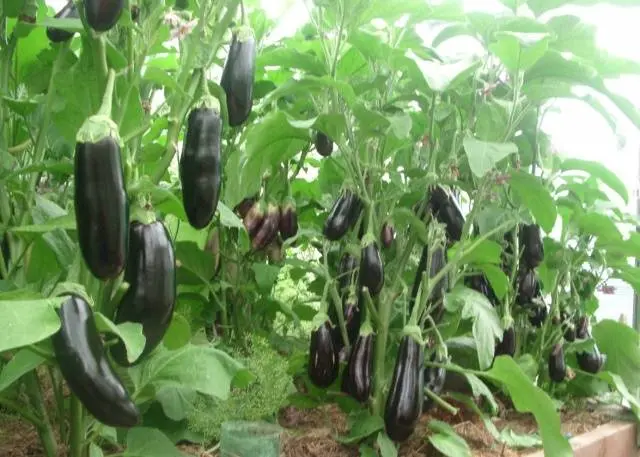
Modern eggplant hybrids are distinguished by high palatability and fertility. From one bush per season, you can collect a sufficient number of ripe fruits that are ready for transportation, storage and, of course, eating.
Varieties and hybrids
All eggplant grown in our country belong to the Central Asian type of eggplant, to the ecological and geographical groups of the east and west. The eastern group represents early-ripening varieties, while the western group represents mid- and late-ripening varieties.
Consider the best and most grown varieties of eggplant.
Baikal F1
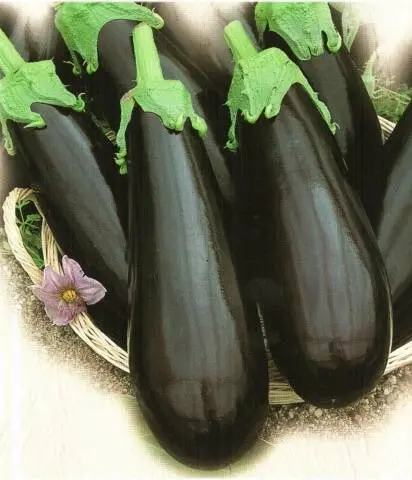
The bush of such an eggplant hybrid reaches an impressive size compared to others. It reaches 1,2 m in height. This eggplant can be grown in all kinds of greenhouses. Eggplants Baikal F1 are unpretentious and resistant to various diseases. The fruits are usually pear-shaped, dark purple in color with a glossy surface. The pulp has a structure of medium density without bitterness. These are the best fruits for frying, making caviar for the winter. Fruits are good for pickling, salting and stewing. The yield of such a hybrid is 6-8 kg per sq. m. The average fruit weighing 320 – 350 grams.
Joker
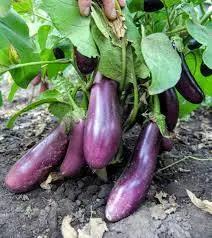
This hybrid grows in clusters. Each brush consists of 4 fruits, one bush on average produces up to 100 fruits in one season.
Since this variety has such a form of growth, the fruits are elongated and oval. The color of the fruits is also different – they are bright acid in color. The pulp of such eggplants is tender and tasty, and the crust is thin. The plant perfectly resists various viruses, including the tobacco mosaic virus. Since the bushes of this eggplant are not too high, as a rule, they do not exceed 1,3 m, they are great for all kinds of greenhouses. The yield of this hybrid is up to 8 kg per 1 sq.m. The mature fruit weighs up to 130 grams.
City F1
This plant rises to a height of up to 3 meters and has spreading branches with thick stems. The fruits grow large, up to 500 grams in weight, cylindrical in shape and dark purple in color. The pulp is dense, greenish, retains its shape during heat treatment. This hybrid belongs to the late ones, so the fruits should be expected for a long time, but this expectation is justified. In addition to the fact that eggplants are very tasty, they are also suitable for long-term storage and transportation. A hybrid of such an eggplant is resistant to various kinds of diseases, especially if it is grown according to all the rules.
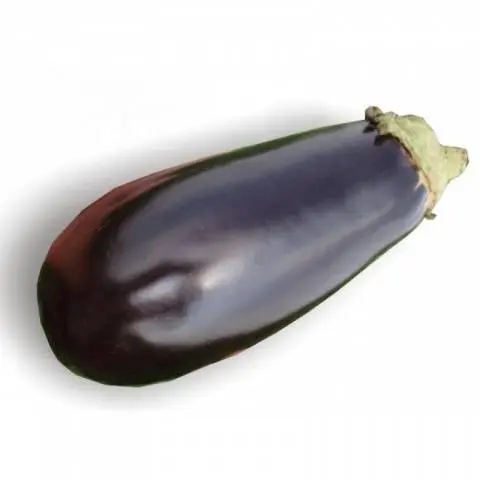
Sofia
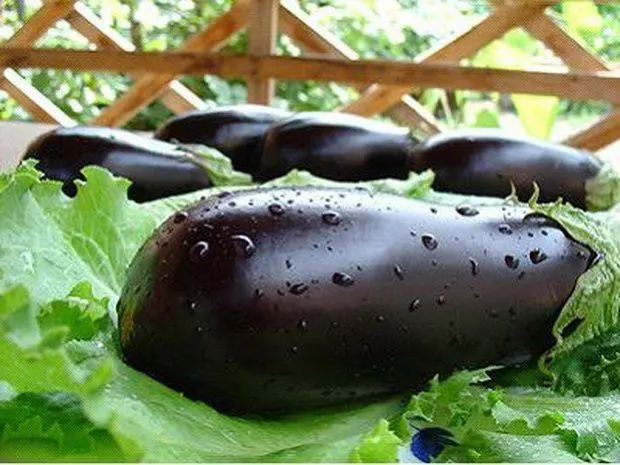
This variety of late-ripening eggplant is quite versatile. He is comfortable both in the greenhouse and in the open field. Its bushes are low, but sprawling. This is just a godsend for those who have a lack of sown area or it is limited.
The fruits are pear-shaped and dark brown in color, very fleshy and dense, weighing up to 900 grams. For such an eggplant, spraying is required for prevention and constant care, as they are susceptible to many diseases, but at the same time they tolerate adverse weather conditions perfectly.
Fabina F1
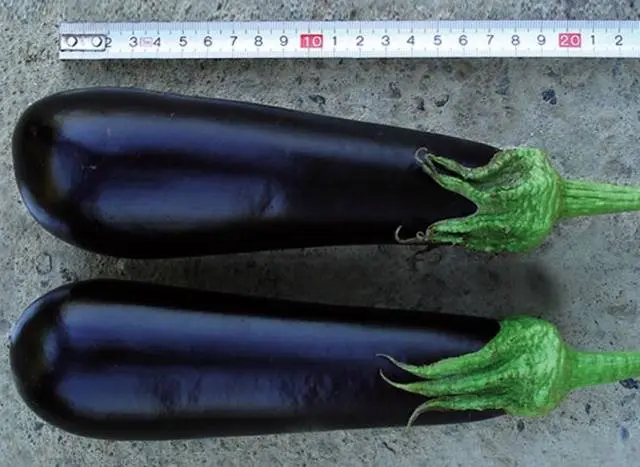
This hybrid is called ultra-early, since the fruits are ready to eat before the rest, it takes from 70 to 90 days to ripen.
The bushes grow to medium height and have a semi-spreading appearance, they ripen dark purple cylindrical fruits with a pronounced glossy sheen. The fruits grow small, weighing about 200 grams, but have a pronounced taste of mushrooms, which allows them to be used for cooking interesting dishes, these are the best eggplants for Caucasian cuisine. The plant is not susceptible to verticillosis, it is not damaged by the spider mite. In addition, the fruits do not lose their shape and appearance for a long time, which allows them to be stored longer than the main varieties.
Purple Miracle F1

This is a truly versatile variety that can be grown indoors or outdoors.
Eggplant is absolutely not susceptible to sunlight and daylight hours. This feature helps to grow it in the Siberian weather and the Far North. The fruits grow dark purple in color and spindle-shaped with a glossy skin. These eggplants can be cooked as you like, due to the fact that they are not at all bitter, like many varieties. They are resistant to many diseases, but still they need care and treatment against diseases.
Black handsome man
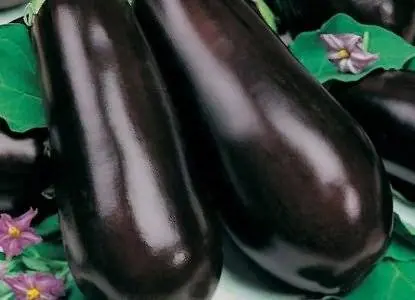
An interesting hybrid that gets along well in a greenhouse. The plant is small, has a very active growth.
The fruits are located at the very bottom of the bush. They are a cylinder with a color that varies from purple to almost black. Fruits weighing about 250 grams have tasty and moderately strong light green flesh. The variety is quite resistant to various diseases that this crop is susceptible to.
Black Moon
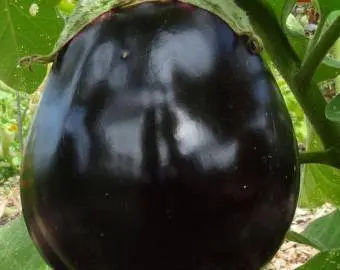
A mid-season plant with dense fruits, which, as they ripen, are slightly elongated. Typically, these eggplants are dark purple with a glossy sheen. Such fruits are a priority for housewives and those who adhere to a healthy diet, as they are almost not bitter, but have soft dark white flesh with pronounced taste. The most important thing for this variety is moisture and sunlight. If these factors are enough for eggplants, then no diseases are terrible for the culture.
Romantic
A hybrid of an early ripening type enters the stage of fruit ripening on the 120th day after planting. The bush grows of medium height, about 1 meters, slightly sprawling with a thick stem. Fruits in the final stage of ripening weigh 5 grams. The most interesting thing that can be distinguished from this variety is the pinkish-purple color. The fruits have pure white flesh with high palatability.
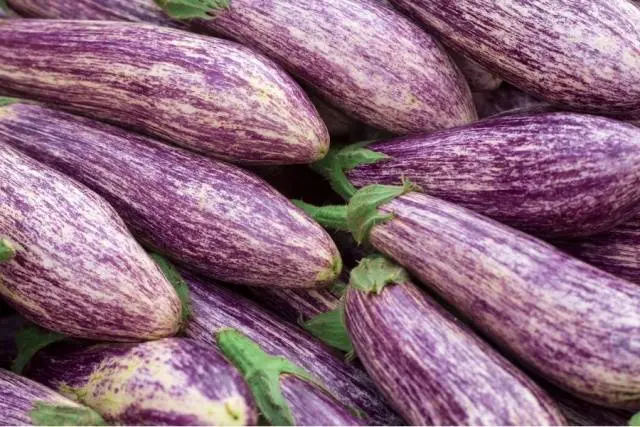
Tirrenia F and Anet F1
Known all over the world and, perhaps, the best producer of seeds, the Dutch company Nunems sells its eggplant hybrids, which are perfect for growing outdoors from spring to autumn. These varieties are classified as early ripe, but they bear fruit until frost. The fruits of Tirrenia grow quite large in size up to 700 grams, they are round-elongated. The seeds in the pulp are very small and almost imperceptible; closer to autumn they do not remain at all, which is the result of parthenocarpy. This is the formation of fruits without the participation of pollination. Eggplant has a powerful stem and leaves, but a compact size. Anet produces smaller elongated cylindrical fruits. The plant is distinguished by its height and luxurious leaves, which perfectly resist parasitic insects.
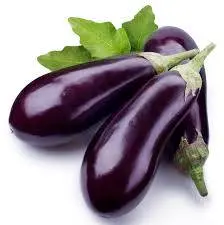
Nutcracker
Plant of medium height, about 150 cm, semi-spreading type with well-developed leaves of bright green color and smooth edges. On the surface of the leaves you can observe a slight prickly. The fruits are oval, weighing 350 grams and about 14 cm long. The values of the variety are its early ripeness, good presentation and taste, high yield.
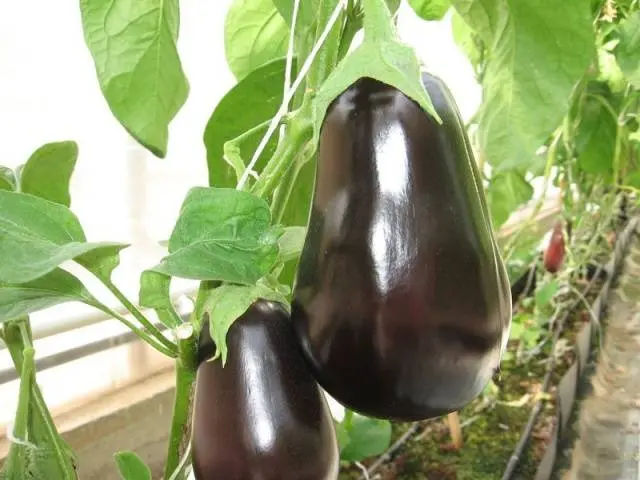
striped
This is an early ripe hybrid that matures 90 days after planting. A compact plant with a height not exceeding 80 cm, bring small ovoid fruits weighing 80 grams of the original striped color. This culture belongs to a form that is neutral to the length of the day, but needs constant soil moisture. Like all eggplants, this hybrid performs best in loose, mineral-rich soil. Chernozem soil, of course, would be ideal, but its loamy type or sandy loam with a lot of organic matter in it will also do. The culture responds well to the application of mineral or organic fertilizers during fruit ripening. This eggplant will be an excellent solution for growing in a pot on the balcony.
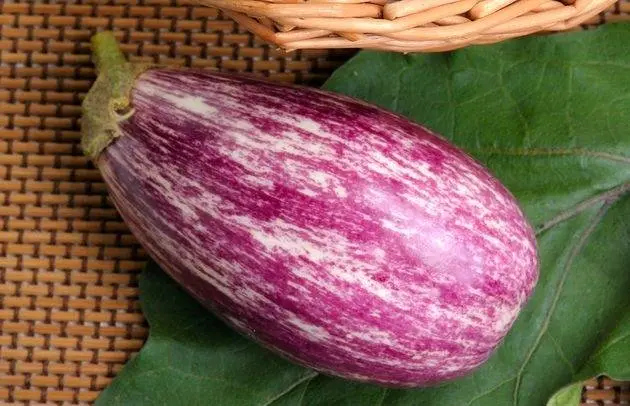
Above were the best varieties of eggplant that can be grown in central Our Country, and some to the north due to their properties and characteristics. Now we should talk about how to grow these hybrids so that they please with a large yield and excellent taste. Hybrids are clearly shown in the following video https://youtu.be/zYc5p-ZLmUk
Some recommendations for growing eggplant hybrids
Since eggplant is planted in the form of seedlings, it must be properly prepared. To do this, you need to plant seedlings in a heated greenhouse or at home in small pots or mineral cubes. Before planting eggplants, you need to prepare nutrient soil for them, which will consist of 6 parts of fertile soddy soil, 4 parts of humus and 1 part of sand. It is in this mixture that eggplant seeds are planted so that they take from the soil all the substances necessary for growth.

Before planting them in the ground in the garden, you need to harden the seedlings. If the temperature outside is not lower than 10 degrees, then the boxes with seedlings are taken out. These are the best conditions for hardening. It is imperative to fertilize with superphosphate when there are 2 true leaves on the stem.
Seedlings are planted only when the root system is fully developed, and this can be determined by the appearance of the plant. It should be about 20 cm high, have 8 – 9 full leaves and several buds. If seedlings are planted in a heated greenhouse, then this is done in late March – early April. And if it is not heated, then the landing is made only at the beginning of May.
It is best to use bulk soil for growing, which consists of humus, peat and garden soil. It would be useful to pre-apply fertilizers such as superphosphate, potassium salt and wood ash. This soil is best brought into the greenhouse in the fall, so that by spring it is infused and ready to accept new plants.
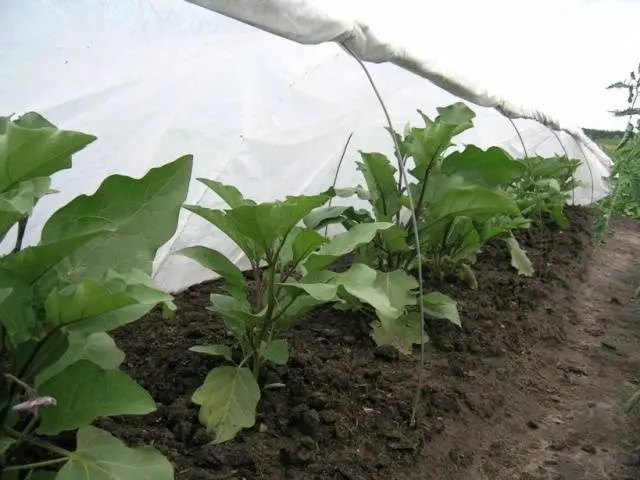
In addition to proper planting, eggplant throughout its life necessarily requires constant care, which consists in maintaining optimal conditions for humidity and temperature, timely loosening of the soil, protection from pests and diseases, and regular watering. During the daytime, the temperature in the greenhouse should be at the level of 24 – 28 degrees Celsius with an air humidity of not more than 60 – 70%. The soil must always be in a loose state, so after each watering the earth is loosened.
Conclusion
The best eggplant varieties are presented in this article. They will give a good harvest with a XNUMX% guarantee, but with proper and constant care for them. Despite the fact that they give a good harvest, eggplant is still a whimsical culture and requires sufficient attention from the gardener.









